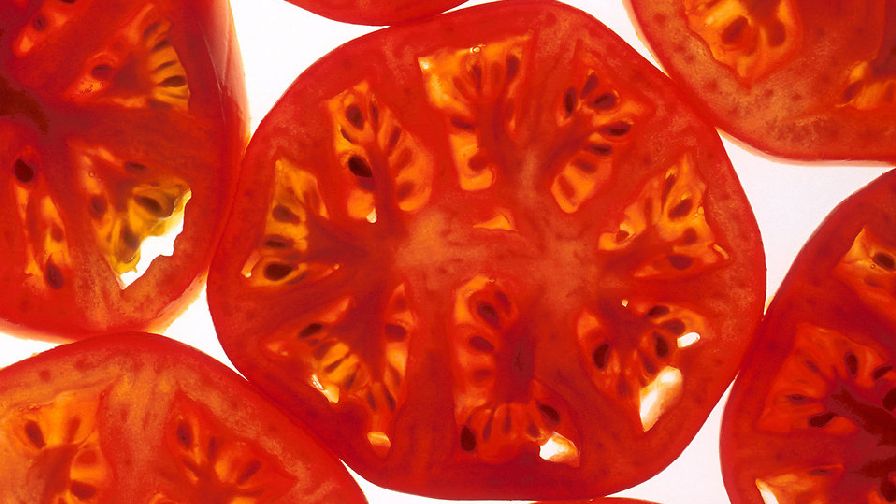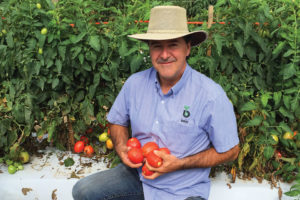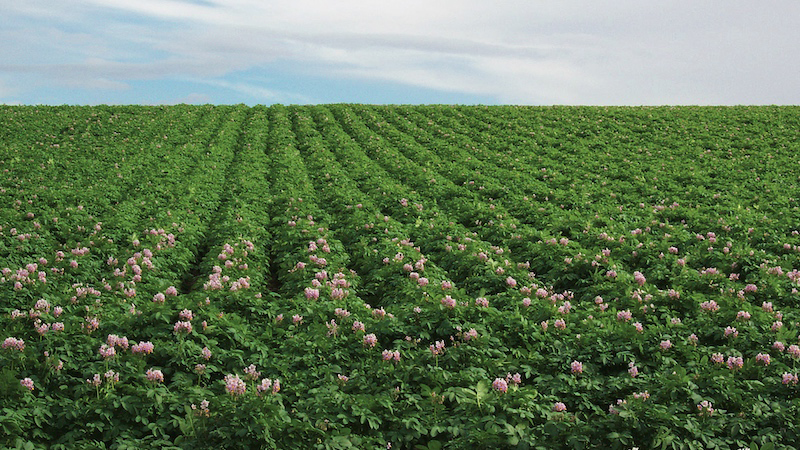A Plant Breeder Explains How GE Techniques Differ from Non-GMO Breeding

With public concern about genetically modified organisms (GMOs), growers often find themselves trying to explain breeding techniques and how their crops are non-GMO. Sometimes, however, growers stumble when explaining how GMO breeding differs from modern breeding.

Bejo Seeds’ Senior Tomato Breeder Doug Heath
So American Vegetable Grower® turned to Bejo Seeds Senior Tomato Breeder Doug Heath, asking him to explain how the two methods of breeding differ.
“GMOs are a hot topic and very misunderstood by many,” Heath says. “It is not odd to fear what is not known, and I wish that there had been much more consumer education regarding GMO crops years ago.”
Although genetic engineering allows for significant breakthroughs, today’s breeders are still making strides, Heath says.
“Many modern non-GMO breeding techniques have really helped to speed breeding. Use of molecular markers is one of the main techniques. We breeders are now able to know quickly from a very small piece of leaf tissue what is the status with numerous genes, some for resistances and others for quality traits,” he says.
Part of the reason growers find it difficult explaining modern non-GMO breeding is terms like “genetic markers” and “DNA extraction” sounds a lot like GMO breeding.
“These techniques also use automated DNA extraction and analytical equipment, but the major difference is GMO plants are created using techniques that allow for insertion of a gene from one plant to another,” Heath says. “Usually, it is not possible with classical breeding to cross one species to another if reproductive incompatibility exists.”
Heath provides an example of what he means.
“A tomato was created with the Bs2 gene from pepper for bacterial leaf spot resistance. You could not cross a pepper with a tomato by classical breeding, so this tomato was a GMO,” he says. “It was not produced and used because it is felt that the market is not ready for this.”
But if breeders can find useful genes within a species that can be introduced successfully by crossing then there is no need for a GMO transformation.
“Introgression refers to the piece of DNA brought in by classical breeding from one tomato into another and very often in reference to a disease resistance gene,” Heath says. “In this example, the fragment of DNA from the wild accession with the resistance gene is the introgression fragment which often contains more than just the resistance gene. A good examples of such introgression fragments that are large include the initial fragment for nematode resistance [Mi gene] from the peruvianum wild species.”
Looking ahead, Heath is excited about new DNA manipulation techniques, including CRISPR Cas-9, which uses no outside DNA.
“It is hoped we will be able to accomplish even greater goals while keeping the crops completely safe and healthy for consumption,” he says.









